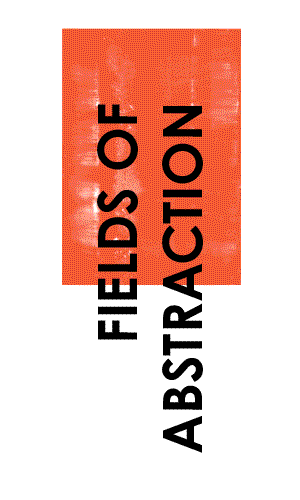Fields of Abstraction
Although freed from the burden of representation, Abstract art remains rooted in the real world. It aims to extract the essential elements of something more visually complex – objects, scenes, events, or even experiences. Some abstractions bear traces of their origin in a figurative composition, subliminally suggesting its structure or presence, while others are closer to pure form. All express a response to personal, social, political, and cultural realities.
Organized as three experiential areas – Contemplative Expanses, Energetic Surfaces, and Geometric Balance – this exhibition offers an immersive space that invites the viewer’s gaze to roam free. Videos of artists filmed in the act of painting are integrated with the artworks, providing insight into the variety of creative, bodily, and material processes involved in making abstract art.
Fields of Abstraction showcases some forty-three large-scale works culled from the Israel Museum’s collection, dating from the late 1940s through 2000. It features postwar North- American, European, and Israeli artists who strove to expand the experience of their art through an exploration of materials, gestures, and surfaces. Celebrating personal expression, this second wave of abstraction developed non-representational artistic languages such as Abstract Expressionism, Color Field painting, Lyrical Abstraction, Art Informel, and Minimalism, building on what the pioneers of abstraction (like Kandinsky, Mondrian, and Malevich) had achieved in the early twentieth century. By integrating new painting materials and methods, as well as non-Western sources of influence such as Indian sand painting and Japanese calligraphy, the post-World-War II generation forged fresh pathways to the abstract.
The influential American art critic Clement Greenberg saw abstraction as a reaction against popular culture and the assimilation of art into the domain of entertainment. He believed that in order for avant-garde art to provide an experience valuable in its own right, it must intensify the focus on material and methods. His fellow critic Harold Rosenberg described abstraction as “a gesture of liberation from Value – political, aesthetic, moral,” further claiming that “What was to go on the canvas…was not a picture but an event.” Greenberg’s radical model of reductiveness – emphasizing the role of color, line, and flat surface – prevailed through the 1960s, and the Minimalists expanded the idea of reduction to apply not only to painting but also to three-dimensional objects.
By the 1980s, many artists regarded abstraction as outdated, and in the 1990s it was widely considered irrelevant to meaningful art-historical narrative. However, more recent studies question the linear schema of modernism, making room for abstract art that has been created since 1970, reassessing previously neglected abstract movements, and discovering new artists whose work resonates with the legacy of abstraction.
The online catalogue accompanying Fields of Abstraction leads the visitor through various movements of abstraction, artist by artist. Each page features enlargeable images, analyses of artworks, and links to written, visual, and auditory materials that will deepen understanding of the artists, artworks, movements, and the creative process.
The exhibition and its website were made possible by Nancy Wald, Oxford, in honor and in memory of her parents, Benjamin and Frances Miller
Curator: Dr. Adina Kamien
Assistant curator: Sarah Benshushan
Exhibition design: Alexandra Topaz, Ariel Armoni
English editing: Annie Lopez
Exhibition website:
Design: Studio Ira Ginzburg
Development: Studio Limoncello, Anya Hayat
Image research and reproduction rights: Yael Barschak, Sarah Benshushan
Research assistance: Shir Hoori, Tali Hurwitz, Noga Goldstein, Eliana Kastner, Emanuel Kublanov, Yam Traiber, Beatriz Uva, Arina Zhukova
Use of images for which the rights holders have not been located despite our best efforts is done in accordance with section 27A of Israel’s copyright law. Any uncredited rights holders are asked to contact images@imj.org.il
